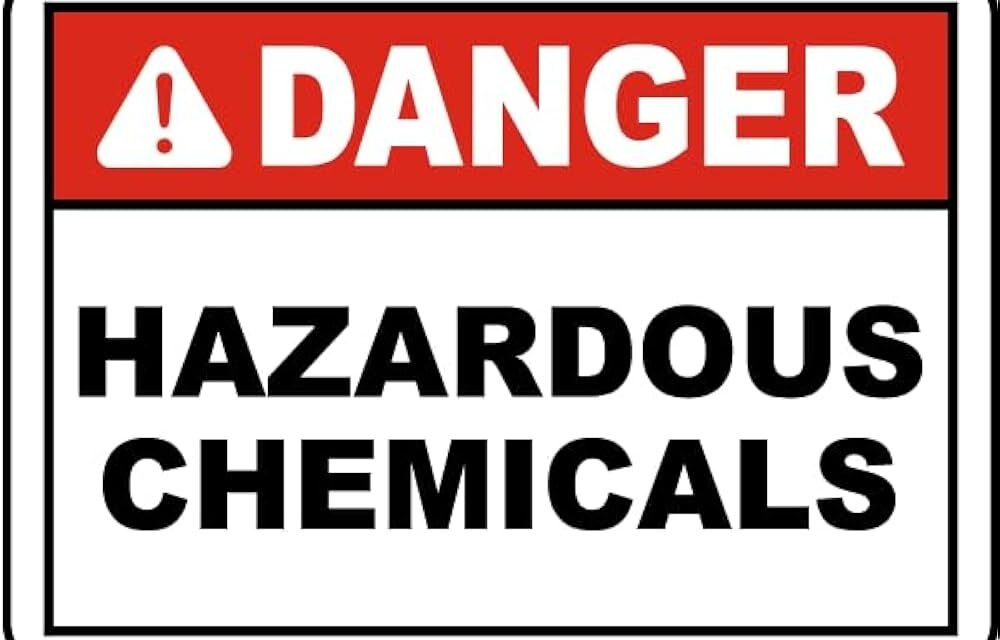The chemical industry employs a comprehensive approach to managing hazardous chemicals to ensure safety, compliance, and environmental protection. Key strategies include:
1. Risk Assessment and Hazard Identification
- Conducting detailed assessments to identify potential hazards associated with the storage, handling, and use of chemicals.
- Classifying chemicals based on their properties, such as flammability, toxicity, or reactivity, using globally recognized standards like the Globally Harmonized System (GHS).
2. Safety Data Sheets (SDS)
- Providing detailed information on the properties, hazards, handling, and emergency measures for each chemical.
- Ensuring that SDS are updated and accessible to all personnel handling hazardous chemicals.
3. Regulatory Compliance
- Adhering to national and international regulations, such as OSHA standards, REACH (EU), and TSCA (USA).
- Ensuring proper labeling and documentation of hazardous chemicals.
4. Safe Handling and Storage
- Using specialized containers, materials, and storage facilities designed to prevent leaks, spills, or reactions.
- Implementing segregation protocols to keep incompatible chemicals apart.
5. Personal Protective Equipment (PPE)
- Providing workers with appropriate PPE, such as gloves, goggles, respirators, and protective clothing.
- Ensuring proper training in the use and maintenance of PPE.
6. Emergency Preparedness
- Establishing response plans for chemical spills, fires, or exposures, including evacuation procedures and first aid measures.
- Maintaining equipment like fire extinguishers, spill containment kits, and eyewash stations.
7. Waste Management
- Properly disposing of hazardous waste through licensed waste management services.
- Recycling or treating waste materials whenever possible to reduce environmental impact.
8. Monitoring and Detection Systems
- Installing sensors and alarms to detect leaks, spills, or harmful emissions in real time.
- Regularly inspecting and maintaining equipment to prevent accidents.
9. Training and Awareness Programs
- Providing comprehensive training for employees on chemical hazards, safe practices, and emergency response.
- Promoting a safety-first culture within the organization.
10. Process Safety Management (PSM)
- Implementing systems to ensure safe operation of processes involving hazardous chemicals, including regular audits and risk reviews.
11. Innovation in Safer Alternatives
- Developing and adopting less hazardous substitutes for dangerous chemicals wherever feasible.
- Investing in green chemistry to reduce reliance on hazardous materials.
By combining these practices, the chemical industry strives to minimize risks associated with hazardous chemicals, protecting workers, communities, and the environment.

















